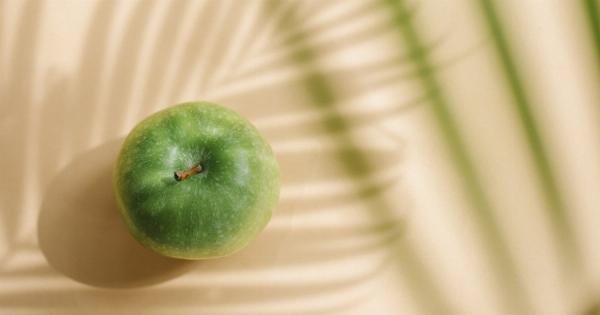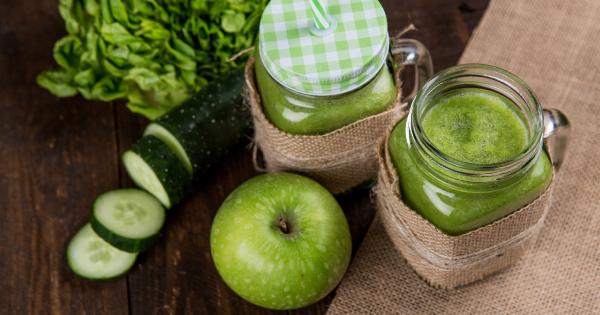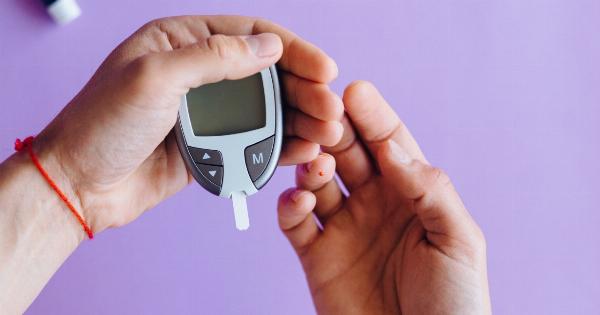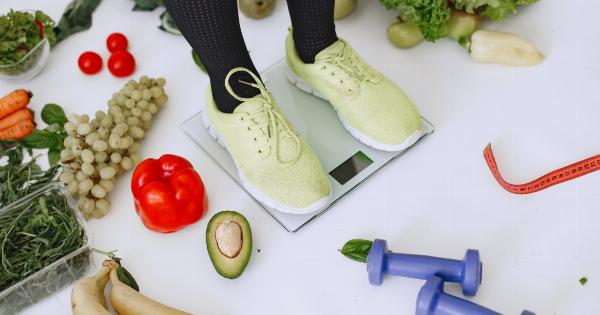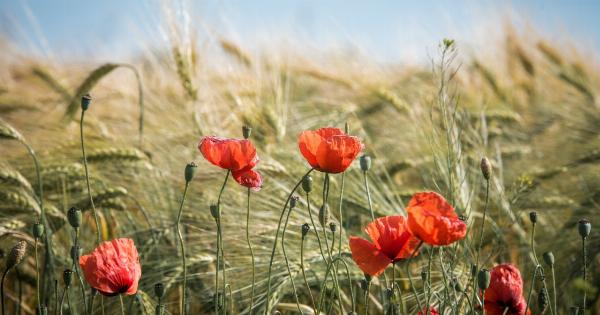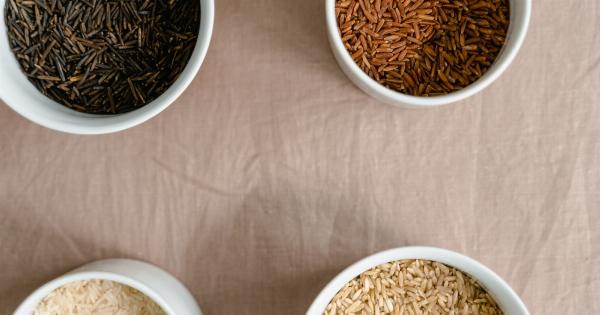Blood sugar refers to the amount of glucose in your blood. Balanced blood sugar levels are vital for optimal health. Uncontrolled blood sugar levels can lead to various complications such as heart disease, kidney disease, nerve damage, and eye problems.
While medication is an option to manage high blood sugar levels, incorporating specific fruits into your diet can help maintain balanced blood sugar levels naturally. Here are the ten fruits that can lower your blood sugar naturally.
1. Apples
The saying “an apple a day keeps the doctor away” rings true for many reasons, including blood sugar regulation. Apples contain pectin, a soluble fiber that slows digestion and stabilizes blood sugar levels.
The polyphenols present in apples also slow down carbohydrate absorption, aiding in lowering blood sugar levels. Eating whole apples is more beneficial than apple juice or applesauce, which can contain added sugars.
2. Berries
Berries, such as strawberries, raspberries, blueberries, and blackberries, are rich in fiber and antioxidants, which slow down digestion and provide sustained energy.
The fiber and antioxidants, along with the low glycemic index of berries, make them an excellent option to manage blood sugar levels. Berries are low in calories, making them a great snack option for weight loss.
3. Avocado
Avocado is a nutrient-dense fruit with a low glycemic index, packed with fiber, healthy fats, potassium, and vitamins C and K. Its monounsaturated fats can assist in managing blood sugar levels by slowing down digestion and reducing insulin resistance.
Avocado can be added to salads, smoothies, or eaten alone as a snack.
4. Oranges
Oranges are well known for their Vitamin C content, but the fiber and flavonoids present in oranges also assist in managing blood sugar levels. Oranges have a low glycemic index and assist in reducing inflammation and insulin resistance.
Eat an orange whole or add the juice to your diet to reap the benefits.
5. Kiwi
Kiwi is another fruit that is rich in fiber and can help stabilize blood sugar levels. Kiwi also assists in improving insulin sensitivity and reducing inflammation.
Kiwi can be eaten on its, or added to smoothies or diced over salads to provide variety in your diet.
6. Grapes
Despite being a fruit that is higher in sugar, grapes have a low glycemic index and contain fibers and antioxidants that assist in managing blood sugar levels. Resveratrol, a compound present in grapes, has also shown to improve insulin sensitivity.
Grapes can be eaten as a snack or added to salads or smoothies for some sweetness.
7. Guava
Guava is a tropical fruit that is low in calories and high in fiber. Guava also contains a high concentration of antioxidants that help in preventing sugar spikes and inflammation.
Eating guava whole or adding it to your smoothies can provide a great source of nutrients in your diet.
8. Cherries
Cherries are not only a tasty fruit, but they also have a low glycemic index and are rich in antioxidants that reduce inflammation and insulin resistance. Tart cherries, specifically, contain anthocyanins that assist in reducing blood sugar levels.
Cherries can be eaten as a snack or added to salads or yogurt for a nutrient boost.
9. Pears
Pears, like apples, contain pectin, a soluble fiber that slows digestion, stabilizes blood sugar levels, and reduces the risk of type 2 diabetes.
Eating a whole pear or adding it to your salads or smoothies provides a great way to incorporate pears into your diet.
10. Grapefruit
Grapefruit has a low glycemic index and is a great way to manage blood sugar levels. Grapefruit also contains naringin, a flavonoid that assists in reducing inflammation and insulin resistance.
Eating a half grapefruit at breakfast can provide a nutrient-dense start to your day.
Conclusion
Incorporating fruits that lower your blood sugar levels can assist in keeping your blood sugar levels balanced, reducing the risk of various complications.
The 10 fruits mentioned in this article are excellent options to incorporate into your diet, along with other healthy foods, as part of a balanced and nutritious diet.




